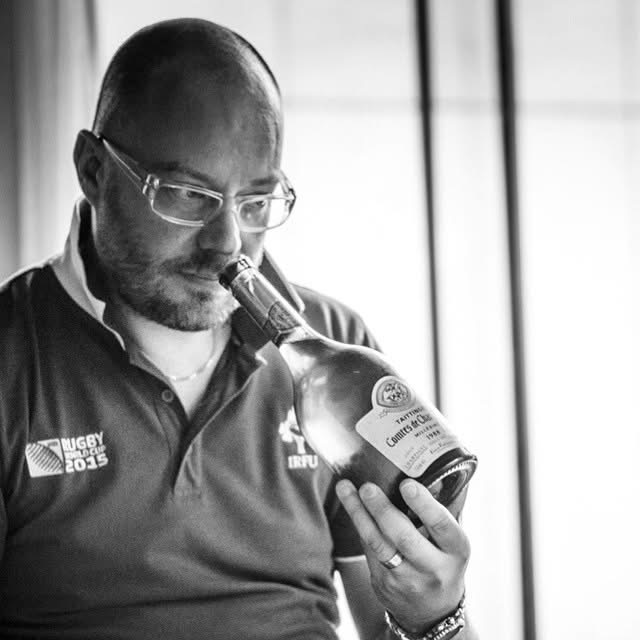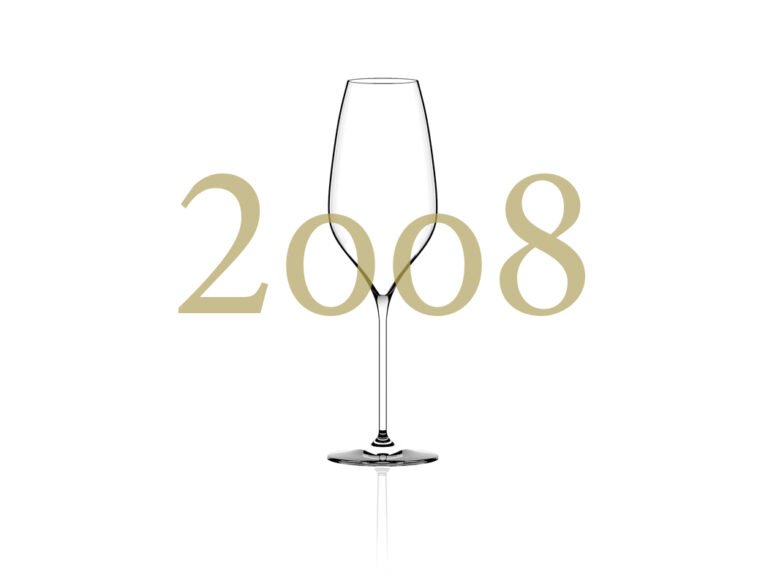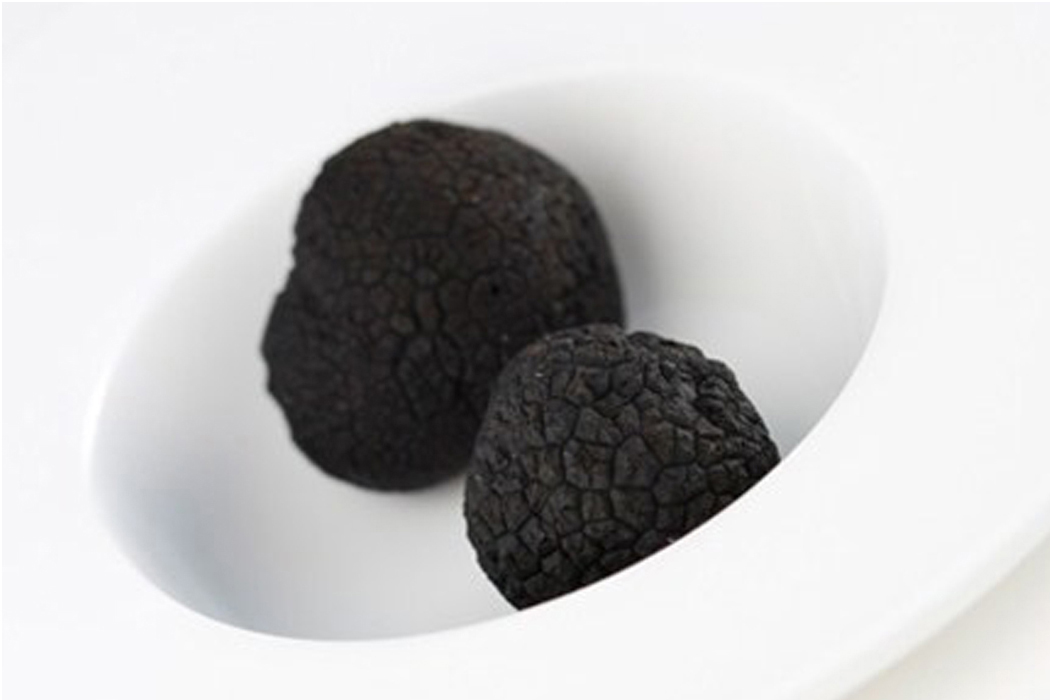Estimated reading time: 6 minutes

Stop It. You’re Doing It All Wrong. A Native’s Guide to Champagne.
They arrive in convoys of hire cars with criminally underpowered engines, navigating the arrow-straight Roman roads of Champagne with the jerky uncertainty of a learner driver. They spill out onto the Avenue de Champagne in Épernay, a street so pompous, so engorged with the self-importance of its resident super-brands, that it feels less like a thoroughfare and more like a victory parade for capitalism. They are here, these pilgrims of the pop, to “do” Champagne. And from the moment they arrive, they get it all spectacularly, titanically wrong.
They clutch their tourist maps like religious texts, ticking off the big houses – the Misters Moët, Clicquot, and Pommery – as if collecting Pokémon. They listen politely to the tour guide’s patter about riddling and dosage, nodding with the feigned comprehension of a dog watching trigonometry. And then comes the tasting. The moment of truth. And it is here, in this final, sacred act, that they commit their most heinous sins.
You see, drinking Champagne in the brochures and the adverts is a performance. It is a carefully choreographed ballet of ostentation, designed to sell a lifestyle that doesn’t actually exist, least of all here, in the damp, chalky heartland of its creation. Drinking Champagne like a local, like a vigneron with chalk under his fingernails and the weariness of a thousand harvests in his eyes, is another thing entirely. It’s a habit, not a ceremony. It’s a wine, not a prop. So, for God’s sake, pay attention. Class is in session.

1. The Glassware Heresy
First, let us speak of the flute. That tall, thin, impossibly awkward glass that has become the universal symbol of celebration. The flute is a marketing triumph and a gastronomic disaster. It is a glass for people who are scared of aromas, for whom the primary pleasure of Champagne is watching the pretty bubbles go up and down. It chokes the wine, strangling its bouquet and funnelling its delicate complexities into a single, sharp, acidic point on the tongue. It is an olfactory coffin.
No one here, no one who actually cares about the liquid, drinks from a flute. We use a white wine glass. Something with a bit of a bowl, a gentle curve that allows the wine to breathe, to open up, to tell you its story. A story of the village it came from, the weather that year, the soul of the person who made it. To serve a complex, vintage Champagne in a flute is like listening to a symphony through a keyhole. You get the noise, but you miss all the music. Ditch the flutes. Give them to a charity shop or use them for breadsticks.
2. The Sound of Indecency
Then there is the pop. The loud, celebratory, look-at-me thwump of the cork, which in tourist restaurants is often followed by a smattering of applause. This is the vinous equivalent of shouting in a library. It is a cacophony of ignorance. A loud pop means you’ve butchered the opening, agitated the wine, and warmed it up with your sweaty, fumbling hands. You’ve scared the poor thing.
The sound you want, the sound a cellar master makes after carefully, patiently twisting the bottle, not the cork, is a gentle psssst. A sigh. The soft, contented exhalation of a bottle releasing its seventy-million-bubble secret into the world. It is an intimate sound, a promise, not a vulgar announcement.
3. The Temperature Deception
Your Champagne arrives in an ice bucket, submerged to its neck like a polar bear in a freezing bath. It is served at a temperature that would give a penguin pause for thought. This is a crime. Serving Champagne ice-cold is a trick used to hide the flaws of bad wine. All it does to good wine is render it mute. It numbs the flavours, tightens the structure, and turns a potentially profound experience into an insipid, fizzy water.
Champagne should be cool, not cryogenically frozen. The chill of a stone cellar, around 8-10°C, is perfect. It should be cool enough to be refreshing, but warm enough to let its personality – the toasted brioche, the crisp apple, the hint of almond or honey – step forward and introduce itself. If you can’t smell anything, it’s too damn cold.
4. It’s a Wine, You Fool
The greatest fallacy of all is that Champagne is a drink solely for canapés and toasts. A pre-prandial throat-clearer before you get down to the “serious” wine. Rubbish. Here, Champagne is the serious wine. It is the blood of the soil. We drink it with everything.
Forget the sad, flaccid blinis. A young, sharp Blanc de Blancs with a plate of oysters is a taste of the sea and the chalky earth from which it came. A richer, more mature vintage with roast chicken is a revelation. A powerful, fruity Rosé with a duck breast is a conversation between equals. We drink it with jambon de Reims, with fat, salty gougères, with the local Chaource cheese, with a simple plate of frites. It’s a food wine of astonishing versatility. To relegate it to the first five minutes of a party is to fundamentally misunderstand its purpose.
5. The Secret Handshake: Know Your Grower
Finally, the tourist will drink the brand. The local will drink the address. The great houses, the Négociants Manipulants (NM on the label), make fantastic, consistent, globally recognised wines. There is nothing wrong with them. They are the Hollywood blockbusters of Champagne. But the soul of the region, the exciting, terroir-driven, sometimes difficult, often sublime truth, lies with the Récoltants Manipulants (RM). The growers.
These are the men and women who own the vineyards, grow the grapes, and make the wine. Their champagnes speak of a specific plot of land in a specific village, from Cramant to Aÿ, from Bouzy to Ambonnay. To drink a grower Champagne is to drink a place. It’s the difference between a corporate memo and a handwritten letter. Ask for one. It shows you’ve been paying attention. It’s the secret handshake that says, “I’m not one of them.”
So, there you have it. Drink it from a proper glass. Open it with a sigh. Serve it with a slight chill, not a Siberian frost. Drink it through dinner. And for once, drink the place, not just the name. Forget the ceremony. The highest respect you can pay this magnificent wine is not to put it on a pedestal, but to pull up a chair, pour a glass, and make it part of your life. That is how you drink Champagne. The rest is just fizzy nonsense.






